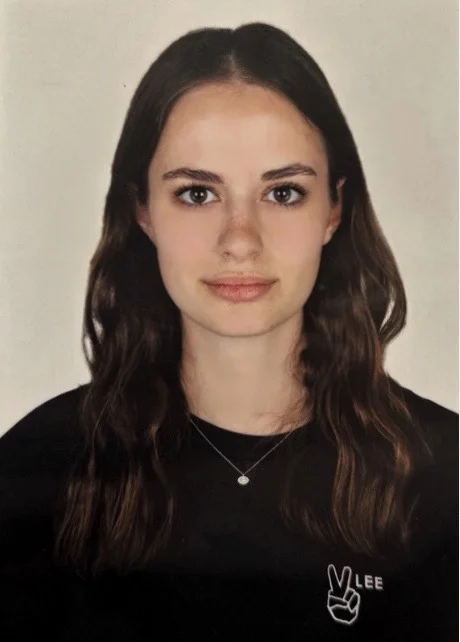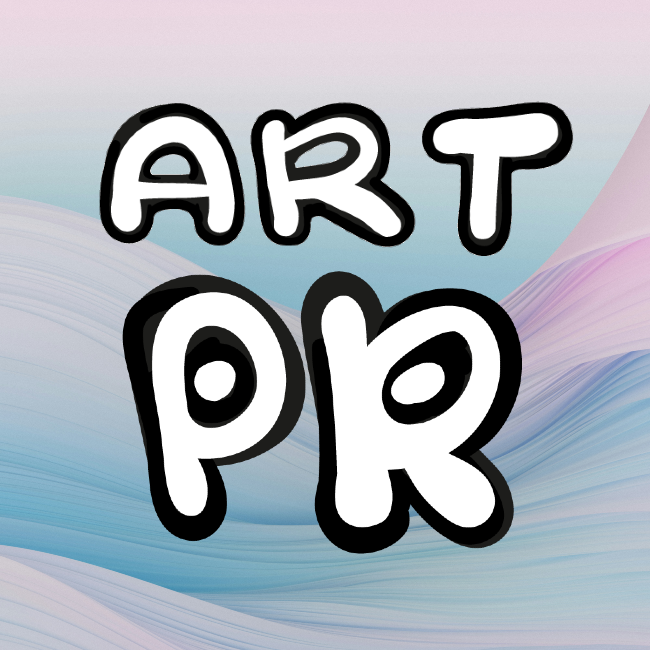Pavlina Korleti • October 13, 2025
Destroy to Create: How Artists Use Destruction as a Language of Self-Expression and Visibility
Art PR

Author: Pavlina Korleti
Pavlina is a third year Communication student at the American College of Greece and simultaneously minors in Graphic Design. For the first year of her studies she was at Leiden University studying Art, Media and Society. From wandering Athens’ museums and exhibitions to exploring and deepening her other hobbies and interests Pavlina tends to stay creatively busy. At PR ON THE GO she is excited to enhance her experience in the field of Public Relations through her passion for art.
How can destruction function as both a creative process and a self-promotion strategy for artists – helping them communicate emotion, authorship and identity while reaching global audiences through short-form media?
For artists, every piece of content posted online serves as an authentic material and a process of self-preservation. Jan Hakon Erichsen's destruction videos underscore this tension: they are both acts of performance art and a response in the service of visibility. They mediate feelings of frustration, absurdity, and playfulness resulting from the impetus to repeat and ritualize — feelings most artists experience daily, but rarely convey. By using destruction as his medium, Erichsen takes a notion of vulnerability and overlays it with strength: controlling how the chaos appears, is filmed, and interpreted — and as I write this, we see something more profound emerging among artists today in response to the question of how to care for emotional authenticity while curating a persona that is strong enough to withstand the noise of the visual landscape.
@janhakonerichsen Push & pull🎈 #diy #elecricfan #contraption #balloon ♬ original sound - janerichsen
The videos created by Erichsen show the artist's hand, body, and energy on display; the acts of breaking are intentional and choreographed. The framing is clean, the tone is consistently empty of writing, and Erichsen's gestures act as a visual signature: his brand as a creator emerges. But this brand is born from raw rage, not a polished marketing venture. In this case, the media itself becomes part of his practice: it is not separate from the art, it is the art. For other creatives, their practice raises a desire to think about how much control one should have over their brand, how to translate private feelings into public gestures, and how to let the repetition build significance instead of monotony.
In art, destruction has long been used as a radical way to define oneself and assert authorship. In the performance arts, Marina Abramović has employed her own body as both subject and material. She gave up control to confront the boundaries of vulnerability and endurance in her groundbreaking piece Rhythm 0 (1974), in which she invited viewers to use objects on her body, ranging from feathers to a loaded gun. In actuality, what might have appeared to be self-annihilation was an act of authorship: the blurring of boundaries that reinterpreted intimacy, authority, and the artist's prominence. Through his career, Abramović has shown how self-exposure and the destruction of comfort can create one of the most enduring brands in contemporary art, one that is based on courage and trust rather than aesthetics.
Artists such as Erichsen carry on this tradition in new ways in the digital age. The algorithm becomes the curator and the screen the gallery. A quick but powerful reminder that authenticity can be performative without being fake, every crash, tear, or burst captured serves as both a catharsis and an attention-seeking statement.
Every act of breaking conceals the deeper act of becoming.
Intention is what gives such repetitive acts their creative vitality. Repetition becomes a process of refinement rather than exhaustion when it is viewed as ritual rather than replication. The artist has the ability to change their focus from spectacle to symbolism, from the destroyed object to the gesture itself. Sustainability results from changing meaning: even though an act may seem the same, the emotional context varies from one instance to the next. This gives the artist psychological control over chaos, transforming the repetitive act into a cycle of release and renewal that is meditative. In this sense, destruction becomes a rhythm that keeps creation going rather than a destination.
Deliberate destruction turns chaos into dialogue. By reminding viewers that every act of breaking conceals the deeper act of becoming, it enables artists to regain visibility on their own terms.

Pitch your art or interior design work to 350+ art & design journalists. PR ON THE GO provides a spreadsheet containing over 350 journalist contacts from art, design, interior, home, and architecture magazines /media international.
Get the PR ON THE GO Global Art+Design Media List here#PRontheGO
Subscribe to the PR ON THE GO newsletter.
Receive the latest media news in your inbox. Discover journalists and start pitching!